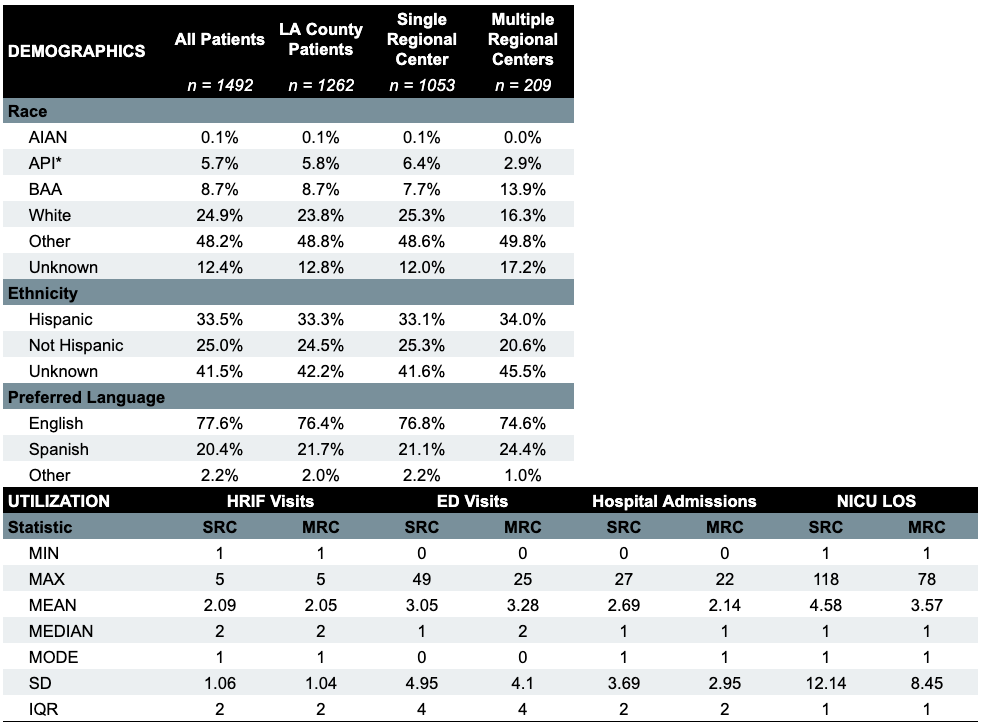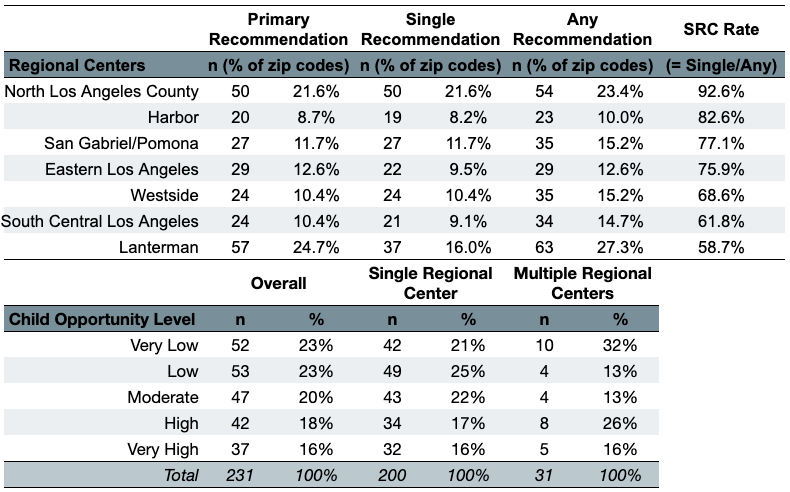Health Services Research
HSR 1: States, Medicaid, and the Structure of Health Care
570 - Confusion with the Online Regional Center Locator in California: Opportunities for Improvement
Saturday, April 29, 2023
3:30 PM - 6:00 PM ET
Poster Number: 570
Publication Number: 570.222
Publication Number: 570.222
Juan C. Espinoza, Children's Hospital Los Angeles, Los Angeles, CA, United States; Abu Sikder, Children's Hospital Los Angeles, Los Angeles, CA, United States; Ani Boodaghian, Children's Hospital Los Angeles, Glendale, CA, United States; Jessica Sandoval, Children's Hospital Los Angeles, Los Angeles, CA, United States; Christine Mirzaian, Children's Hospital Los Angeles, Los Angeles, CA, United States

Juan C. Espinoza, MD (he/him/his)
Chief Research Informatics Officer
Lurie Children's Hospital
Los Angeles, California, United States
Presenting Author(s)
Background: The Regional Center (RC) system in California provides free early intervention (EI) services for individuals 0-3 years of age with developmental delay. Los Angeles County (LAC) has 7 RCs, and families can find their assigned regional center using an online locator using their home zip code. However, LAC RCs are determined by local Health Districts, which have different administrative boundaries than zip codes, resulting in some families being referred to more than one RC. This confusion can cause delays or create barriers for families when trying to access EI services, and can further exacerbate disparities in developmental outcomes.
Objective: To quantify and describe families followed in the High Risk Infant Follow-up (HRIF) Clinic impacted by multiple RC recommendations by the online locator.
Design/Methods: Patients from the HRIF clinic were identified through an EHR query, and data regarding their demographics, address, and utilization was extracted. Race and ethnicity data was recoded to match the OMB standards. RC online locator recommendations were manually extracted by entering the information in the website. Childhood Opportunity Index 2.0 2020 data was downloaded from www.diversitydatakids.org. Descriptive statistics and chi square test were used.
Results: Since 1/1/2014, 1492 patients have been seen in HRIF clinic (Table 1); 84.6% live in LAC. Of these, 209 (16.6%) live in a zip code that results in multiple regional center (MRC) recommendations. Compared to patients who live in zip codes with a single regional center (SRC) recommendation, MRC patients had comparable demographics and healthcare utilization. The online RC locator produced a single recommendation for 200 zip codes, 2 recommendations for 20 zip codes, and 3 recommendations for 11 zip codes, accounting for 83.4%, 13.6%, and 2.9% of patients, respectively (Figure 1). North Los Angeles and Harbor RC had the highest SRC recommendation rate, while South Central and Lanterman had the lowest (Table 2). The distribution of Child Opportunity Levels of SRC zip codes vs. MRC zip codes were similar.
Conclusion(s): One sixth of HRIF clinic patients live in a zip code that would have resulted in multiple RC recommendations. South Central and Lanterman RCs serve predominantly Black and Hispanic communities, and have the lowest single recommendation rate. Updating the online locator to search by health district instead of zip code may reduce confusion for families. More granular analysis of contextual social determinants of health and patient outcomes may help elucidate health inequities in this population.

Figure 1.jpeg

